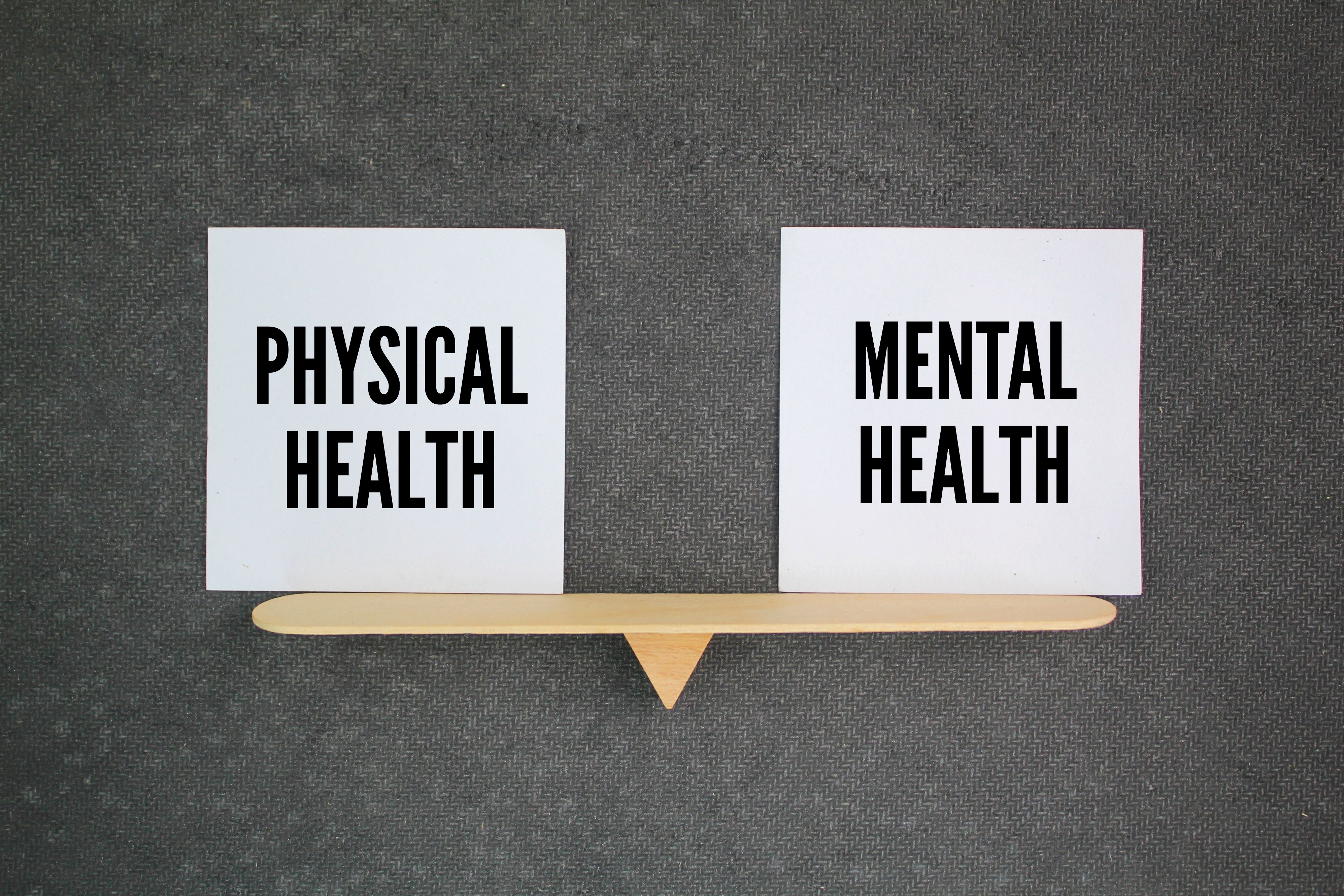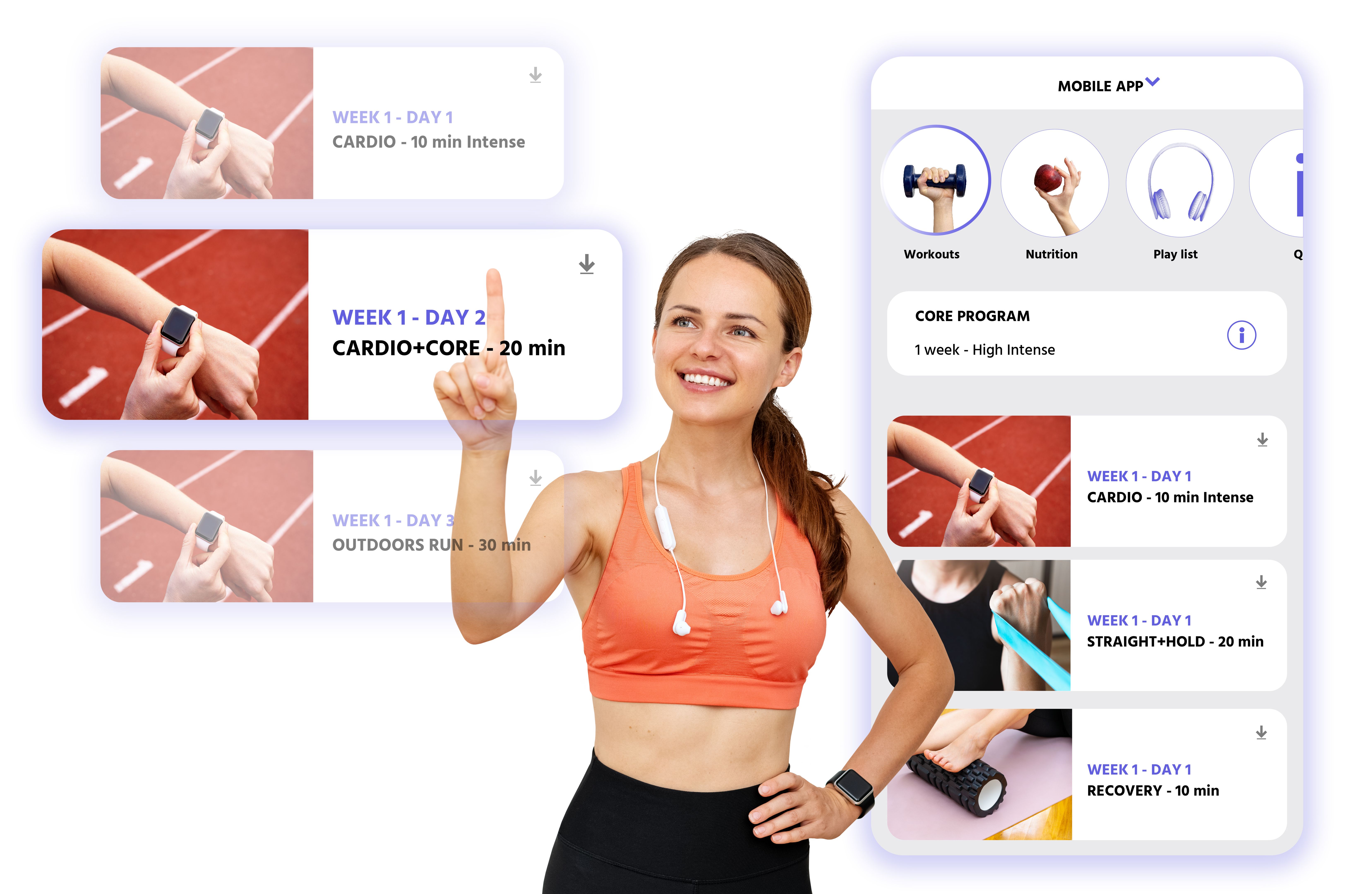Harnessing Mental Imagery for Enhanced Performance
SF
Understanding Mental Imagery
Mental imagery, often referred to as visualization, is a powerful cognitive tool that involves creating visual representations in the mind. Athletes, performers, and professionals across various fields have harnessed this technique to enhance performance and achieve their goals. By vividly picturing success or the steps leading to it, individuals can improve focus and motivation, ultimately leading to better outcomes.

The Science Behind Visualization
Research shows that mental imagery activates similar brain regions as actual physical execution. This means that when you imagine yourself performing an activity, your brain is practicing the task just as if you were doing it physically. This practice enhances neural pathways, reinforcing the skills you aim to develop. Thus, mental imagery serves as a form of mental rehearsal that can lead to improved performance.
Moreover, visualization helps in reducing anxiety by familiarizing oneself with the task at hand. By mentally practicing scenarios, individuals can become more comfortable with challenging situations, leading to increased confidence and reduced stress levels.
Practical Applications of Mental Imagery
Incorporating mental imagery into your routine can be simple yet profoundly effective. Here are some practical steps to get started:
- Set clear and specific goals for what you want to achieve through visualization.
- Create a quiet space free from distractions where you can focus your thoughts.
- Engage all your senses in the imagery process to make it as vivid as possible.

Visualization Techniques for Enhanced Performance
There are various techniques that can be employed for effective mental imagery:
- Outcome Visualization: Focus on the end result you wish to achieve. Picture yourself successfully completing your goal and experiencing the associated emotions.
- Process Visualization: Concentrate on every step involved in achieving your goal. This includes visualizing techniques, strategies, and even overcoming obstacles.
- Mental Rehearsal: Practice specific tasks or performances in your mind repeatedly to build confidence and skill.
Benefits of Mental Imagery Beyond Performance
Mental imagery offers benefits beyond performance enhancement. It can aid in personal development by fostering a positive mindset and resilience. Visualization can be a powerful tool for stress management, helping individuals to relax and find calm in stressful situations.

Additionally, mental imagery can enhance creativity by allowing individuals to explore different perspectives and solutions in a mental safe space. This can lead to innovative ideas and problem-solving approaches that might not be apparent through traditional methods.
Integrating Mental Imagery into Daily Life
To fully harness the power of mental imagery, consider integrating it into your daily routine. Dedicate a few minutes each day to practice visualization exercises. Whether it's before a big meeting, during a workout, or as part of a morning routine, regular practice will strengthen your visualization skills and improve your ability to achieve desired outcomes.
Remember that consistency is key. Just like any other skill, the more you practice mental imagery, the more effective it becomes. Over time, you'll find that visualization becomes a natural part of your approach to tackling challenges and pursuing goals.